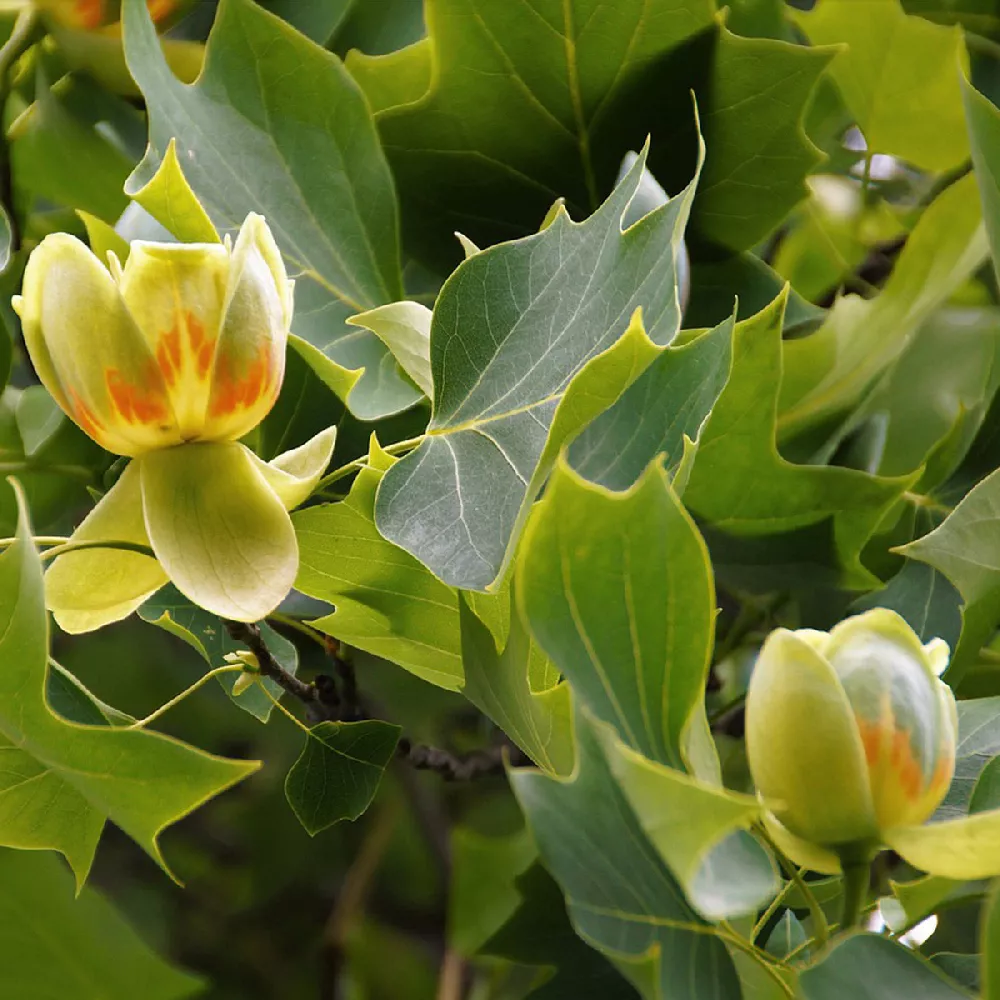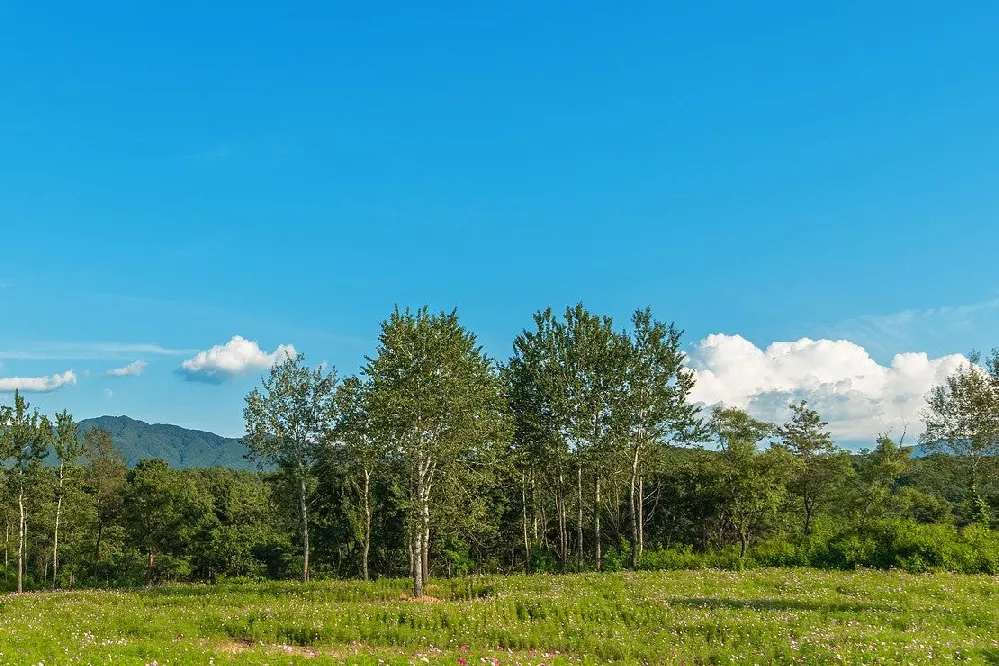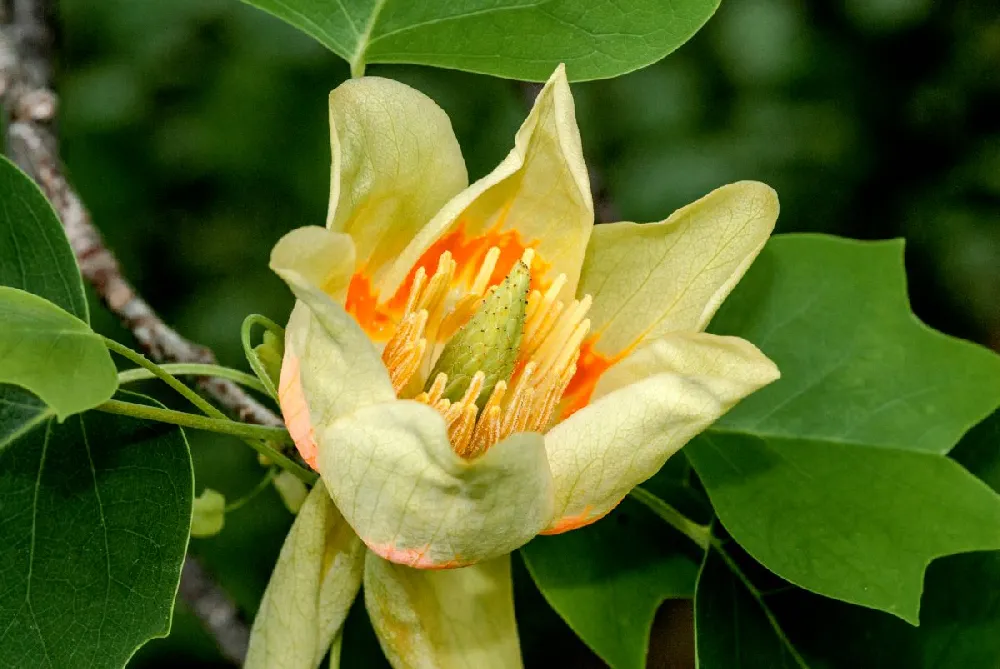- Home >
- Poplar Trees
Poplar Trees for Sale - Buying & Growing Guide
3 Results
Poplar Trees – Buying & Growing Guide
Fast-growing, low-maintenance poplar trees are a superb addition to the landscape, with some varieties growing tall and thin while others are compact or noted for their attractive bark and leaves. Take a look at our options to find an inexpensive poplar tree to enhance your property.
How to Plant Poplar Trees
Poplar trees should be planted in spring or fall, at least a few weeks before your anticipated first frost. Choose a site for your poplar that gets at least six hours of sun a day. Poplars have wide root systems, so avoid planting them too close to buildings or driveways, and also pay attention to the location of overhead wires when planting poplars or any tree.
Poplars aren’t finicky about the type of soil they’re grown in, as long as it drains well. If you’re planting more than one, be sure to follow directions on spacing for that particular variety. Poplars can create a great windbreak when planted near each other.
How to Grow Poplar Trees
- When. Spring or early fall. Avoid planting in the heat of the summer.
- Where. Locate your poplar in a site with full sun where it will have room to grow without any obstructions.
- How. Dig a hole twice as deep and wide as the sapling’s root ball. Unpot the tree and tease out encircling roots. Throw some soil mixed with well-rotted compost or manure into the hole and place the sapling so the top of the root ball is even with the soil grade. Backfill with a soil-compost mix and mulch with bark chips or another organic mulch. For the first few weeks after planting, water every few days. Scale back when you start to see new growth.
How to Care for Poplar Trees
- Watering and nutrients. A mature poplar won’t need supplemental watering except in drought conditions, or if you see the leaves starting to droop. Apply a balanced, slow-release fertilizer after planting and annually as indicated by package directions.
- Pruning. Prune in fall after leaf-drop or in early spring before buds have broken. When young, the tree can be pruned lightly to shape it. Remove low branches or those that cross one another, as well as dead, damaged, or diseased limbs.
- Pollination. Poplars are dioecious, meaning that male and female plant parts are on different trees. Flowers appear on catkins that hang down from branches, and the small seeds are dispersed by the wind.



